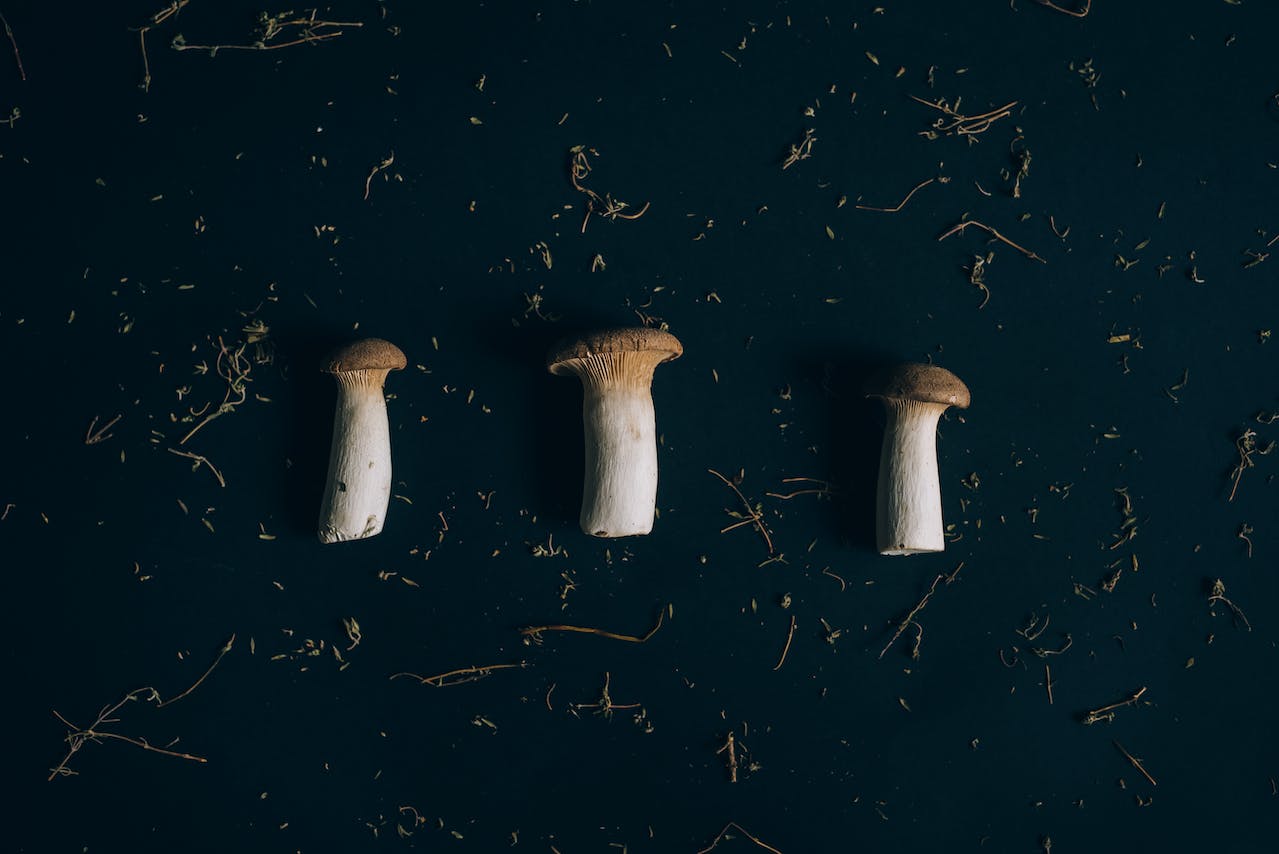If you’ve been wondering about the ins and outs of this subtle practice, you’re in the right place.
You will get to know about the crucial aspects of choosing the right dosage, maintaining consistency in your microdosing routine, the power of journaling and self-reflection, and the potential impact of microdosing on mental health.
Magic mushrooms, scientifically known as psilocybin mushrooms, contain compounds like psilocybin and psilocin, known for their psychoactive effects.
Whether you’re a seasoned magic mushroom microdoser or just considering taking the plunge, this guide has something for everyone.
Why Magic Mushrooms for Microdosing?
These fungi offer a natural source of compounds that interact with serotonin receptors in the brain, influencing mood, cognition, and perception.
In microdosing, the focus shifts from full-blown psychedelic experiences to harnessing the therapeutic potential of these compounds in smaller, sub-perceptual doses.
The appeal lies in the reported potential benefits, including enhanced creativity, improved mood, and increased focus, all without the intensity of a full psychedelic trip.
Choosing the Right Dosage for Microdosing
Understanding the Basics
Microdosing, a practice involving the consumption of sub-perceptual doses of magic mushrooms, offers a pathway to experience therapeutic benefits without the full psychedelic effects. Central to a positive and safe microdosing journey is understanding the importance of dosage.
Start Low, Go Slow
When the question arises of how to safely micro-dose magic mushrooms? It begins with a fundamental principle: start with the lowest effective dose and gradually adjust if necessary. Typically, a standard starting point ranges from 0.1 to 0.3 grams of dried mushrooms, with subsequent adjustments made in increments of 0.1 grams. This methodical approach allows individuals to assess their unique sensitivity and response to microdosing.
Individual Variability
Recognizing the variability in individual tolerance levels is crucial. Elements such as body weight, metabolism, and sensitivity to psychedelics contribute to the diversity of responses. It is imperative to respect one’s unique biology and tailor the dosage accordingly.
Importance of Set and Setting
The context in which microdosing occurs significantly influences the experience. Opting for a comfortable and familiar environment during initial microdosing sessions is pivotal. Paying attention to your mindset and emotional state before microdosing is equally essential, as these factors can shape the overall effects of the experience.
Maintaining Consistency: Scheduling and Routine
Establishing a Routine
Consistency is key when it comes to microdosing. Establish a routine that fits seamlessly into your daily life. Choose a time of day that works best for you, whether it’s in the morning or evening, and stick to it.
Integrating Microdosing into Daily Life
Microdosing should enhance your life, not disrupt it. Consider incorporating it into activities like meditation, creative pursuits, or outdoor walks. Creating positive associations can contribute to a more holistic and balanced lifestyle.
Planning Around Responsibilities
Be mindful of your responsibilities and commitments. It’s advisable not to microdose on days with important meetings, deadlines, or other high-stakes events. Reserve those days for regular, non-microdosing activities.
Journaling and Self-Reflection during Microdosing
Keeping a Microdosing Journal
Maintaining a journal is a powerful tool for tracking your experiences and emotions during microdosing. Record the date, dosage, and any noticeable effects. Note changes in mood, energy levels, and overall well-being. This practice fosters self-awareness and provides valuable insights over time.
Benefits of Self-Reflection
Microdosing can bring about subtle shifts in perception and mood. Regular self-reflection allows you to identify patterns and understand how microdosing influences your mental and emotional states. It can also help you make informed decisions about dosage adjustments.
Tracking Patterns and Adjusting
As you journal your microdosing experiences, you may notice patterns emerging. Some days you might feel more focused, creative, or relaxed. Others may bring about introspection or heightened sensory perception. Use this information to adjust your dosage and schedule as needed.
Microdosing and Mental Health
Potential Benefits
Microdosing has been explored as a potential tool for managing mental health conditions, including depression and anxiety. Some users report improvements in mood, creativity, and overall well-being. However, individual responses vary, and the research is still in its early stages.
Consultation with Mental Health Professionals
While microdosing shows promise, it’s crucial to approach it with caution, especially if you have pre-existing mental health conditions. Consultation with a mental health professional is essential before incorporating microdosing into your wellness routine. They can provide personalized guidance based on your specific situation.
Monitoring for Changes
If you decide to microdose, pay close attention to any changes in your mental health. Track your mood, energy levels, and overall emotional well-being. If you experience any adverse effects or discomfort, consult with your mental health professional promptly.
Conclusion
At The Green Ace, we advocate for responsible and informed practices when it comes to microdosing magic mushrooms.
Remember, every individual is unique, and what works for one person may not work for another. Stay mindful, stay informed, and prioritize your well-being on your microdosing adventure.

 DISCORD
DISCORD
